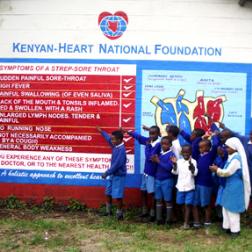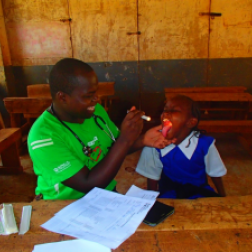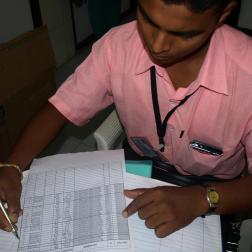RHD in Latin America

With the World Congress of Cardiology and Cardiovascular Health this year held in Mexico City, several sessions turned a spotlight on the state of heart health in the region, and on Sunday 5th June one morning session focused on ‘RHD in Latin America’.
Dr. Antonio Luis P Riberio, Universidad Federal de Minas Gerais, gave a presentation on the epidemiology and natural history of RHD in the Americas. Drawing the audience’s attention to the huge inequalities in the region – most apparent in the poverty present in slums and favelas – Dr. Ribeiro commented: ‘it is not surprising that RHD is an important issue in Latin America’.
Dr Antonio Luis Ribeiro discusses situation in Brazil re RHD and comparison to other countries #WCCMexico #RHDAction pic.twitter.com/skwAWgLxvs
— Timothy Johnson (@_nofixedaddress) June 6, 2016
A recent Lancet study, he added, further highlighted RHD as a ‘disease of poorness, of people without access to health services’.
Dr. Riberio also presented the findings of studies investigating the prevalence of RHD in Brazil, Nicaragua and Peru. However he also highlighted the ‘Cuban experience’, stating that reductions in RHD in this country were achieved and were also cost-effective.
Nevertheless, Dr. Ribeiro concluded that the various studies he had addressed in his presentation demonstrated varying prevalence rates of RHD in Latin America, and a variety of approaches would be needed to tackle the RHD in burden in these diverse settings.
His presentation was followed by Dr. Mario do Carmo Nunes, who gave a presentation on new echocardiographic concepts for screening for RHD. Dr. Nunes highlighted the importance of patient management to change the progression of the disease.
The session also included presentations from Dr. Craig Sable, who spoke on the 2015 revisions of the Jones criteria for the diagnosis of rheumatic fever (RF), and Dr. Mark Engel, who examined the evidence on the benefits and costs of primary and secondary prophylaxis for RF and RHD.
You can read more about the Cuban case study in the RHD Global Status Report 2015-17 here.





